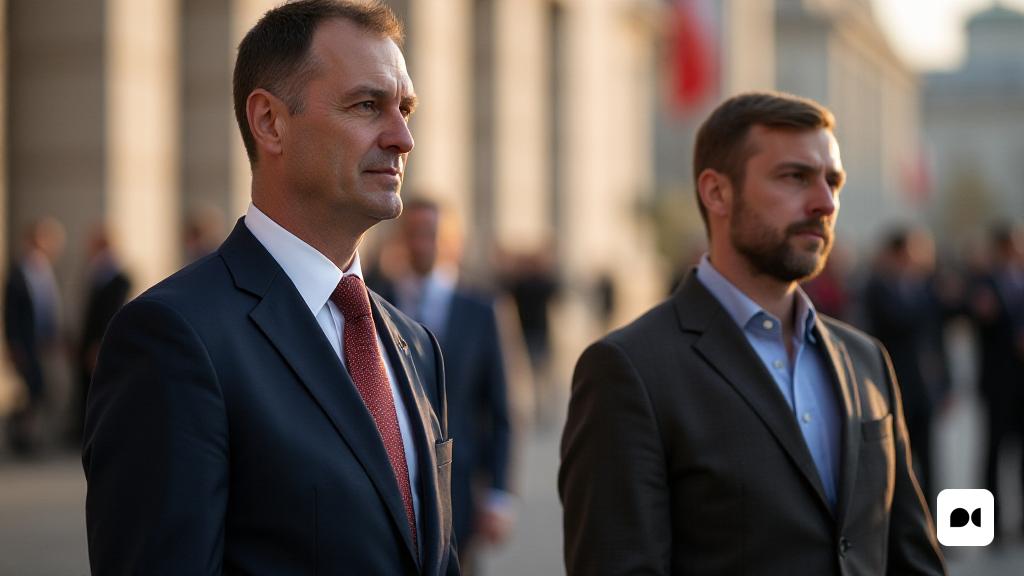Poland as a military leader in NATO
With an impressive 4.12% of its GDP dedicated to defense, Poland is positioned as the country that most invested in militarization within the Atlantic Alliance. This figure exceeds that of countries like Estonia and the United States, which occupy the following places in this classification.
Political unity in tension time
Interestingly, two prominent figures of Polish politics, Prime Minister Donald Tusk and President Andrzej Duda, despite their ideological differences, have found common ground in the need to strengthen military spending. In order to bring this investment to unprecedented levels, they have been proposed to raise it to almost 5% of GDP.
A new military paradigm
Tusk has marked a radical turn in the country’s military expectations, raising the goal of the Armed Forces from 300,000 to 500,000 soldiers for 2035. This decision is accompanied by a debate on the possibility of acquiring nuclear weapons, a delicate theme that evokes Ukraine’s lessons and its cold post-war demilitarization.
Mobilization of civil society
The Prime Minister not only seeks to expand the armed forces, but also to transform the mentality of the population. Its proposal includes the creation of a new social ‘model’ where each adult man is prepared for the defense of the country, without reinstating the compulsory military service that was eliminated in 2008.
Incentives for participation
To attract Citizens to this initiative, Tusk has promised a military training program that seeks to be attractive and dynamic, equating the experience with that of action films. This includes skills that could be useful in civilian life, such as first aid, cybersecurity and drone piloting, as well as financial supports as tax exemptions.
Long -term education and preparation
The Government also plans to integrate the army into the education system, expanding an existing program that seeks to prepare young people for possible defense needs. This strategy can find a good reception among the new generations, who have grown up with the history of Russian and German occupations.
Challenges and resistance
Despite Government’s intentions, the population’s response is varied. Surveys indicate that only half of the Poles support Tusk’s plans, with 39% ready to participate. This raises questions about how other European countries would react with a more stable socioeconomic context with less pressure on security.
A society in transition
The disconnection between the aspirations of the Government and the reality of the population, which has been influenced by decades of peace and democracy, could complicate the goal of mobilizing a reservist army. The current generation, with an average age of 45 years for the Military Reserve, may not be ready for a new defense paradigm.

